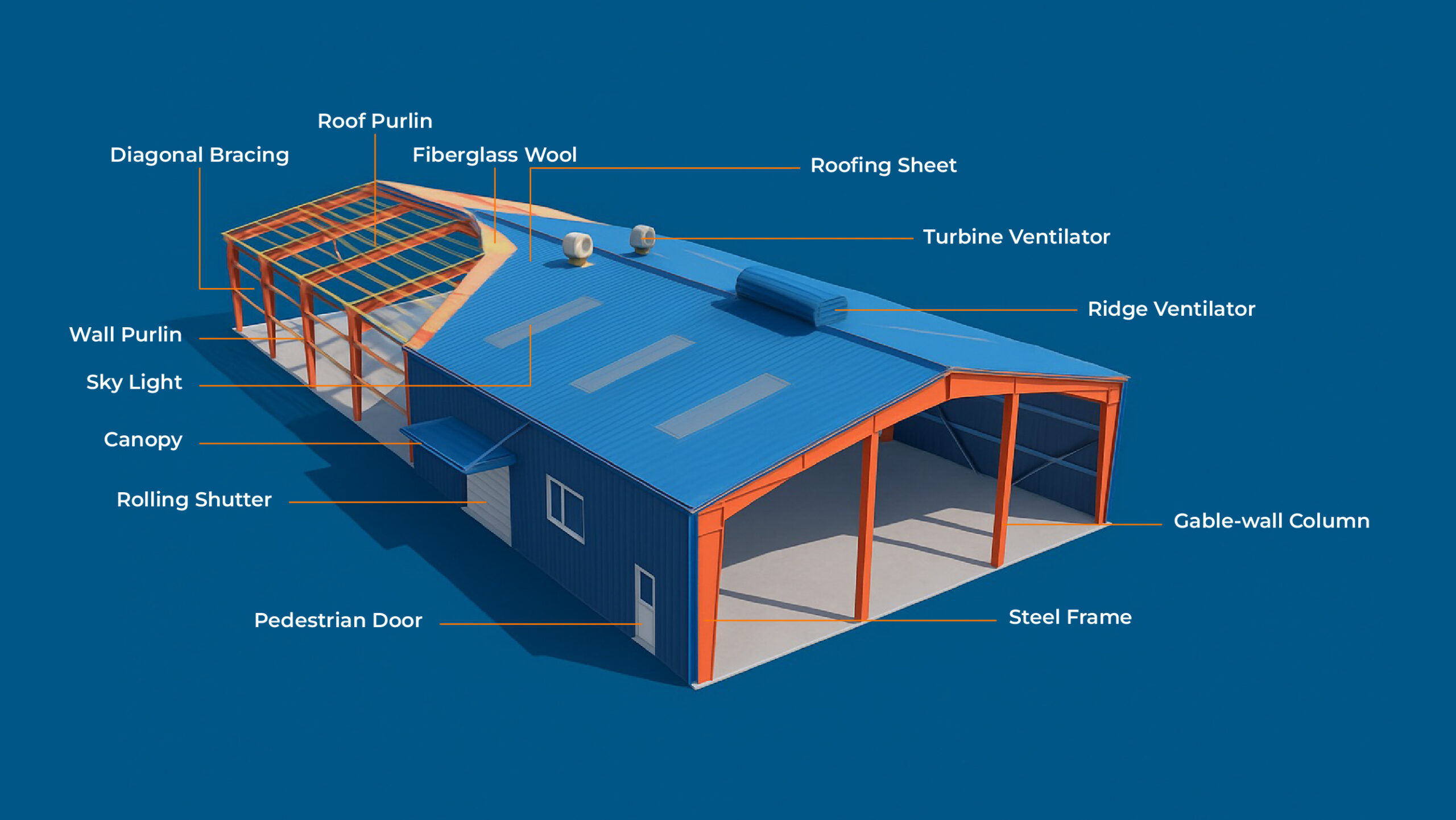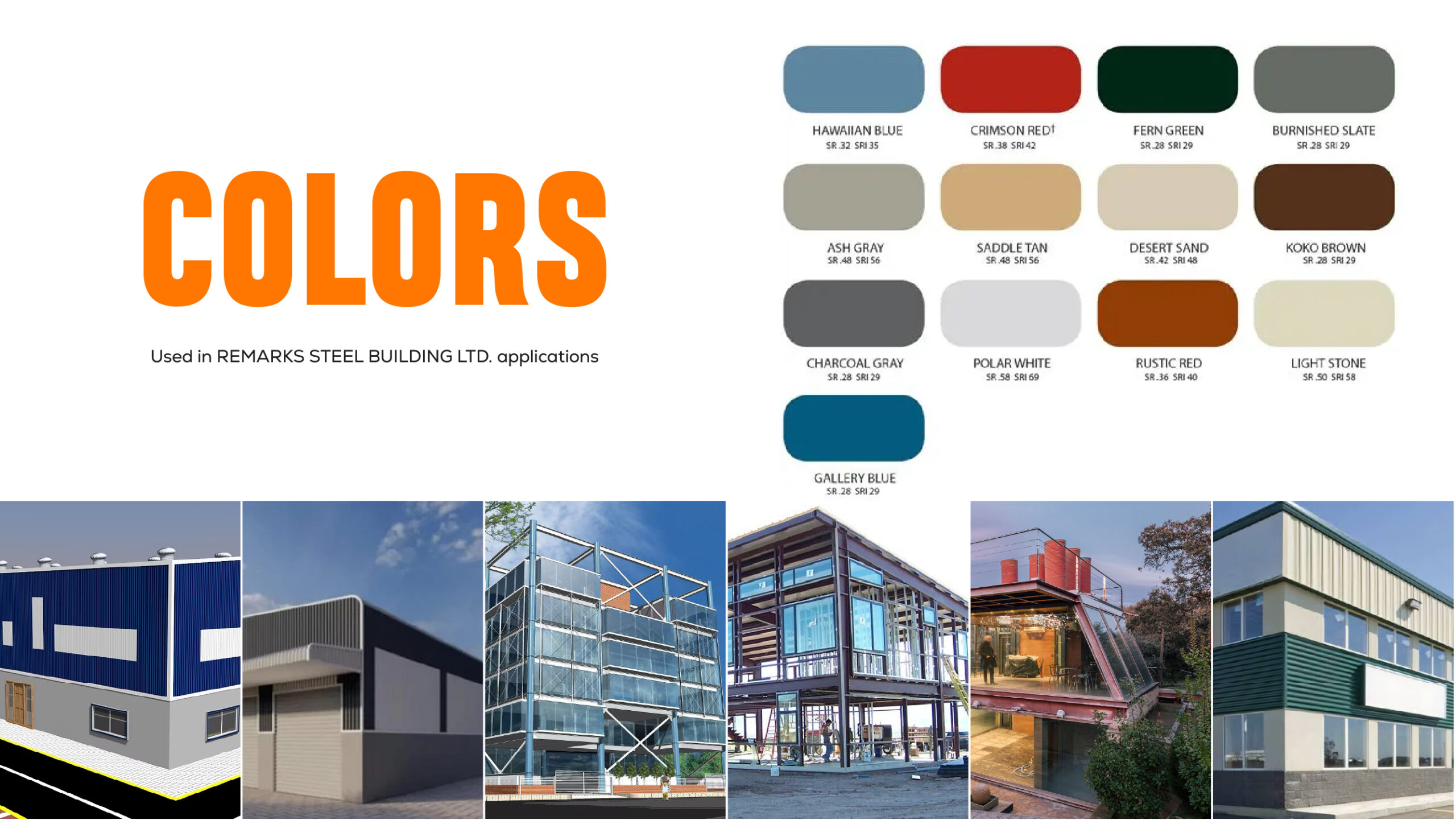OUR CAPABILITIES
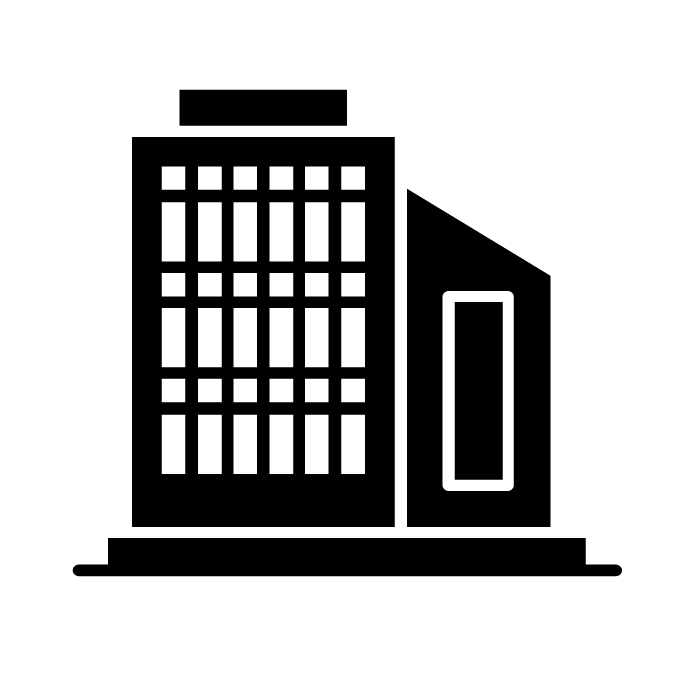
Pre Engineering Steel Building Manufactures

Hot-Rolled and Cold-Rolled Steel Structures

Precision Welding and Assembly

Advanced Fabrication and CNC Cutting
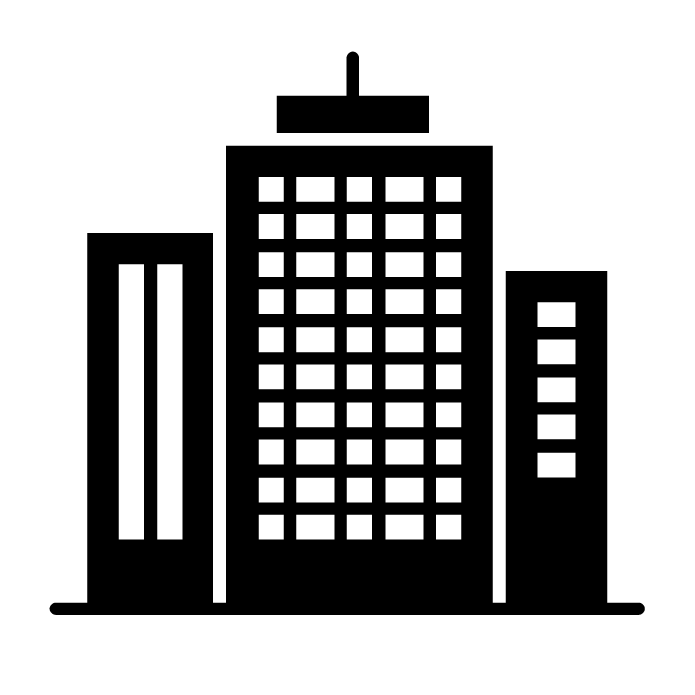
Pre-Engineered Steel Building Design
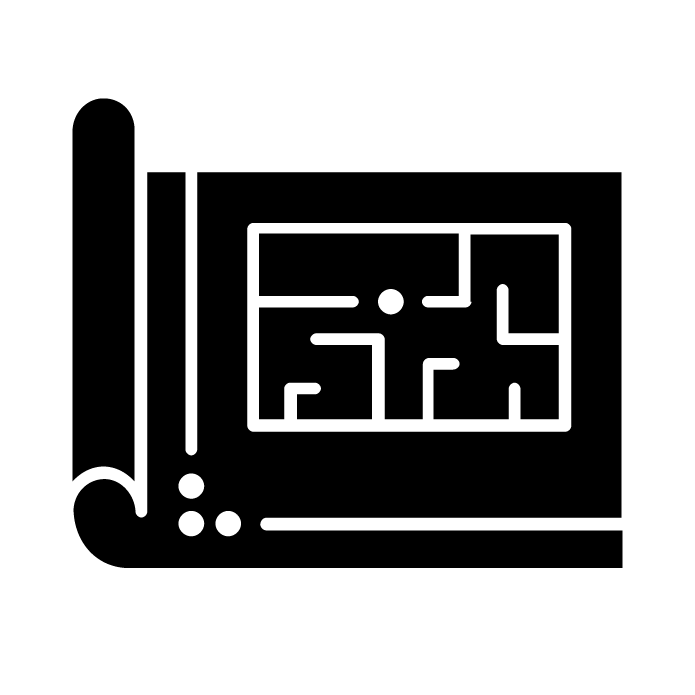
Project Feasibility & Structural Analysis

On-site Erection & After-sales Support
TERMS USED FOR PRE ENGINEERED STRUCTURES
Fasteners embedded in concrete foundations or floors, used to secure structural components like columns or jambs to the base and ensure stability against applied forces.
A flat, pre-drilled steel plate attached to the bottom of a column, allowing the column to rest on a concrete base and be fastened using anchor bolts.
A vertical structural member, typically I-shaped, that transfers loads from the roof and upper parts of the structure down to the foundation.
An inclined structural member extending from the eave to the ridge, supporting the roof load and forming part of the primary framing system.
A horizontal structural element designed to support loads across spans or openings, often placed between columns or walls.
Horizontal members installed across rafters or frames, providing intermediate support for roof sheets and distributing roof loads.
Corrugated or profiled steel panels attached to roof purlins, forming the outer covering of the roof and providing weather protection.
Steel cladding panels fixed to wall girts, forming the outer skin of side walls and protecting the interior from environmental elements.
A set of threaded mechanical fasteners used together to securely join steel components.
Screws, bolts, or clips used to affix sheets, trims, and structural components to the building frame.
A raised structure along the roof ridge, designed to enhance ventilation and natural lighting within the building.
A cover installed along the ridge of the roof to seal and protect the joint between two opposing roof sheets.
Trim elements fixed at the corners of buildings or roof-wall junctions, sealing edges and providing a neat finish.
A horizontal channel installed at the edge of the roof eave, collecting rainwater and directing it to downpipes.
A vertical pipe connected to the eave gutter, carrying rainwater from the roof to the ground or drainage system.
Transparent or translucent roof panels that allow natural daylight into the interior of the building.
A projecting roof-like structure over doors or loading bays, offering protection from weather and enhancing building aesthetics.
Steel sheets placed over structural members, typically used as a base for concrete slabs or to enhance load distribution on roofs.
Material installed in walls or roofs to reduce heat transfer, improve thermal performance, and enhance energy efficiency
